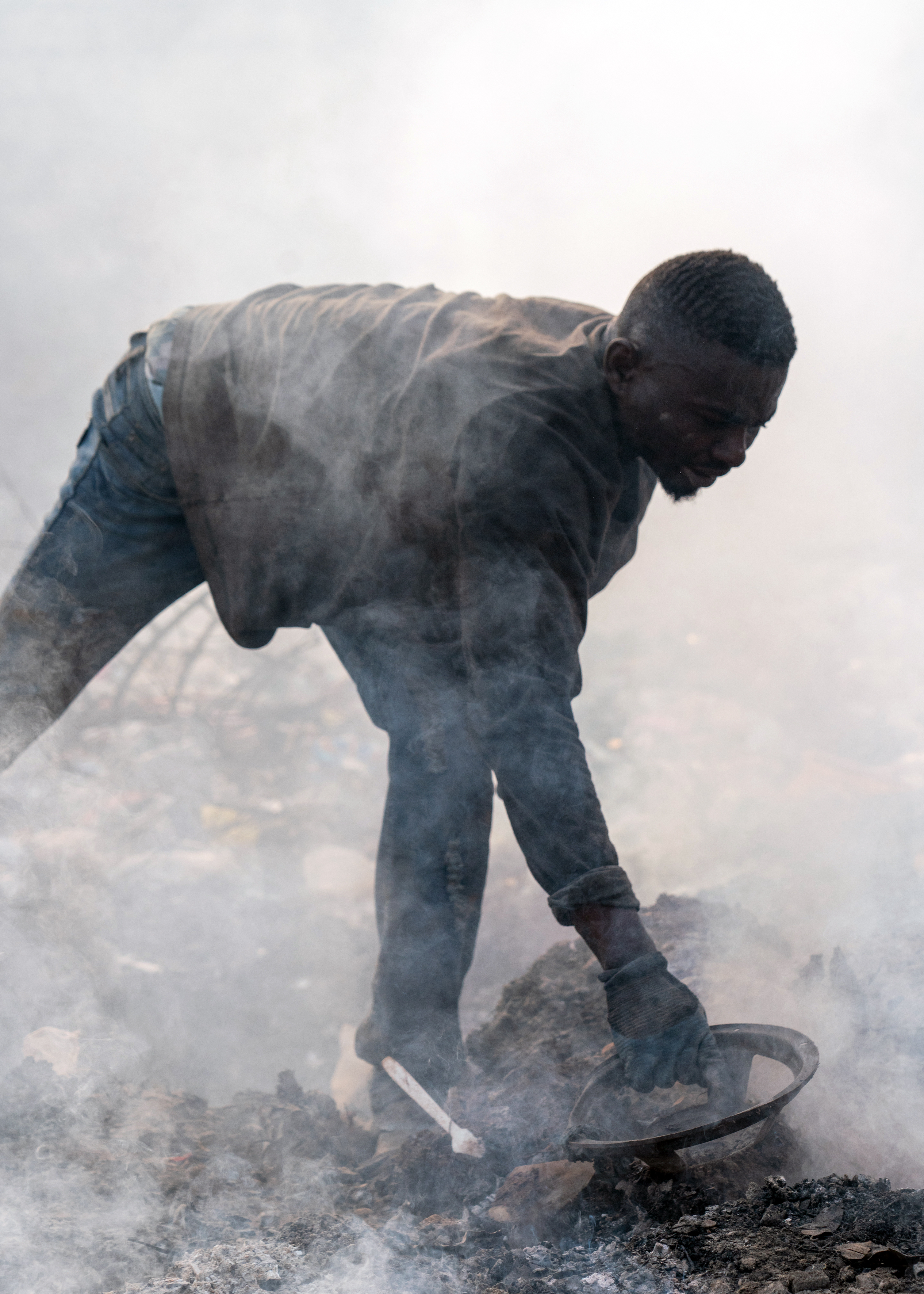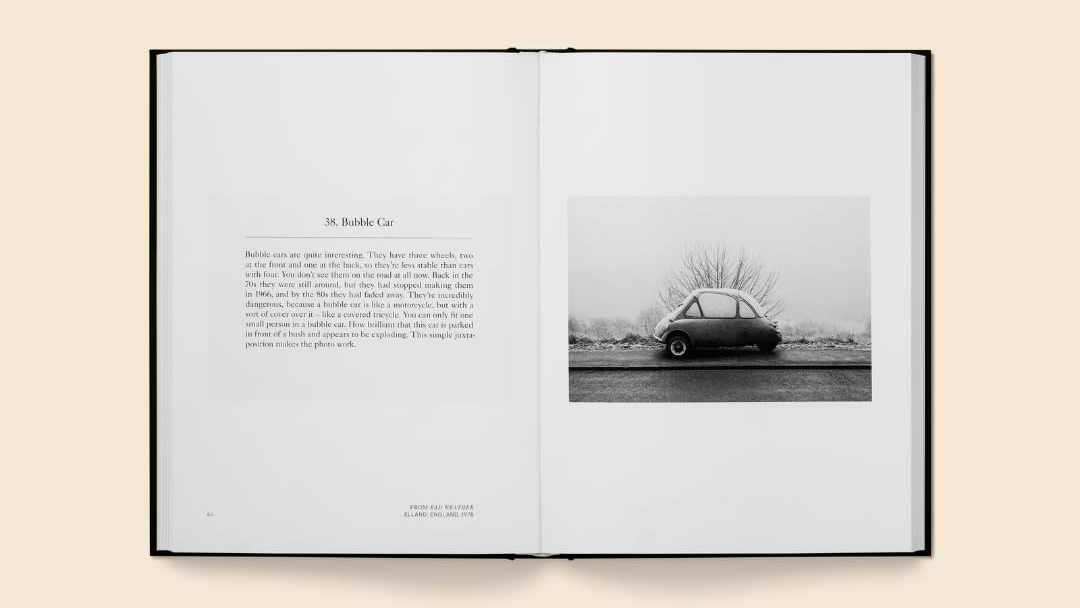Applications for the prestigious 15th edition of the Carmignac Photojournalism Award extended to September 9
This edition of the award is dedicated to Southeast Asia and the violations of rights caused by illegal overfishing

Applications for the 15th edition of the Carmignac Photojournalism Award have been extended to September 9, 2024.
Founded in 2009 by Edward Carmignac, every year, the award funds the production of an investigative photo reportage on human rights violations and geo-strategic issues in the world.
This year, the award is dedicated to South East Asia and the violations of human and environmental rights caused by illegal fishing and overfishing.
Since the mid-20th century, small-scale local fishing has given way to industrial deep-sea fishing, which is affecting oceans all over the world. To meet the unfathomably high demand, those involved do not hesitate to resort to illegal fishing and overfishing, with devastating consequences.
The winners of the 14th edition of the award will be announced in early September with the theme of Afghanistan, and is devoted to exposing the conditions of women and girls in the region.
The 13th edition focused on e-waste in Ghana, and the winning photographs are included in this article.
The 15th edition of the Carmignac Prize supports the production of a nine-month investigative photo report documenting these violations and the consequences of intensive fishing in Southeast Asia.
The best camera deals, reviews, product advice, and unmissable photography news, direct to your inbox!
Interested photographers are invited to submit their applications before 9 September 2024 at 11:59 p.m.
A jury consisting of experts on the subject and contemporary photography will meet in Paris in September to select the winning project, which will then run from October 2024, to June 2025, and will travel spreading its important message after that.

Behind this out-of-control fishing industry in South East Asia and beyond, which is threatening biodiversity, human rights violations are increasing: deplorable working conditions, widespread forced labour and human trafficking are transforming many seas into no-go areas.
Southeast Asia, which has one of the most diverse marine ecosystems in the world, is the centre of gravity for global fisheries. According to SEAFDEC (the Southeast Asian Fisheries Development Center), the region contributed approximately 52% of the total output by fisheries in 2018, representing more than $21 billion.
Today it is one of the areas most threatened by illegal fishing practices and human rights violations, particularly in the South China Sea, the Gulf of Thailand as well as the Philippine and Indonesian archipelagos.
Take a look at our guides to the best cameras for beginners, the best cameras for professionals, and the best Canon RF lenses.

After graduating from Cardiff University with an Master's Degree in Journalism, Media and Communications Leonie developed a love of photography after taking a year out to travel around the world.
While visiting countries such as Mongolia, Kazakhstan, Bangladesh and Ukraine with her trusty Nikon, Leonie learned how to capture the beauty of these inspiring places, and her photography has accompanied her various freelance travel features.
As well as travel photography Leonie also has a passion for wildlife photography both in the UK and abroad.



